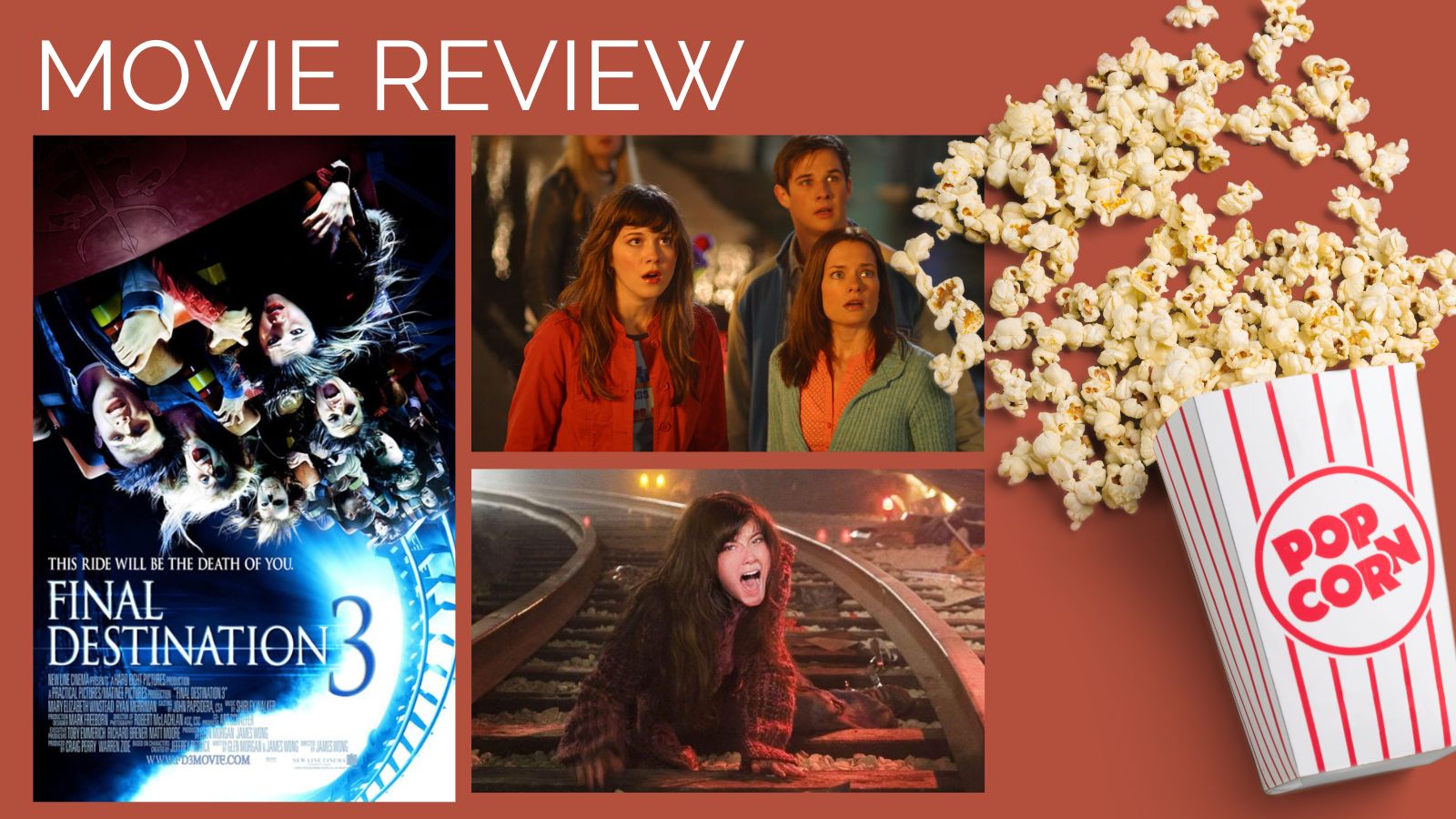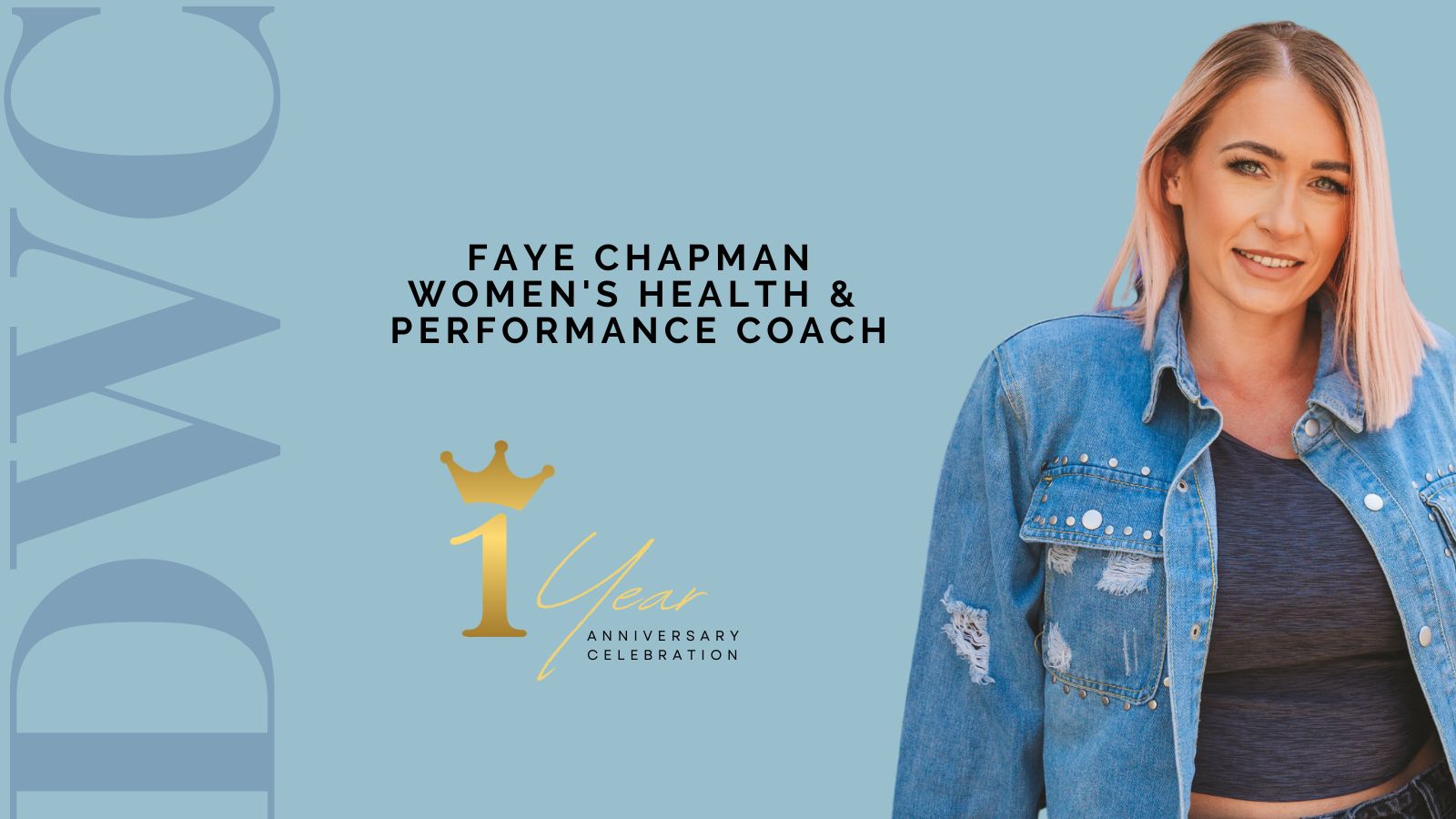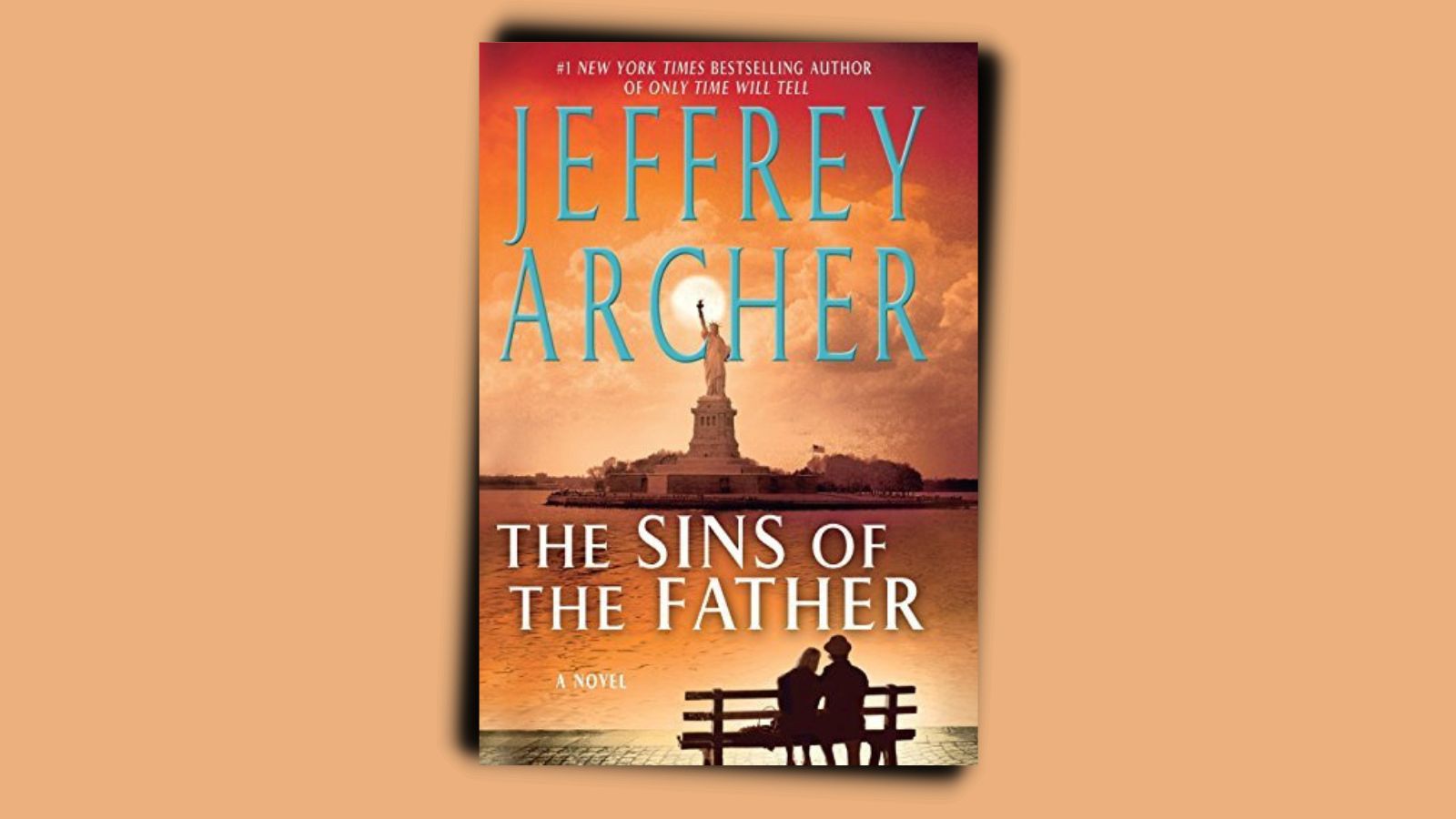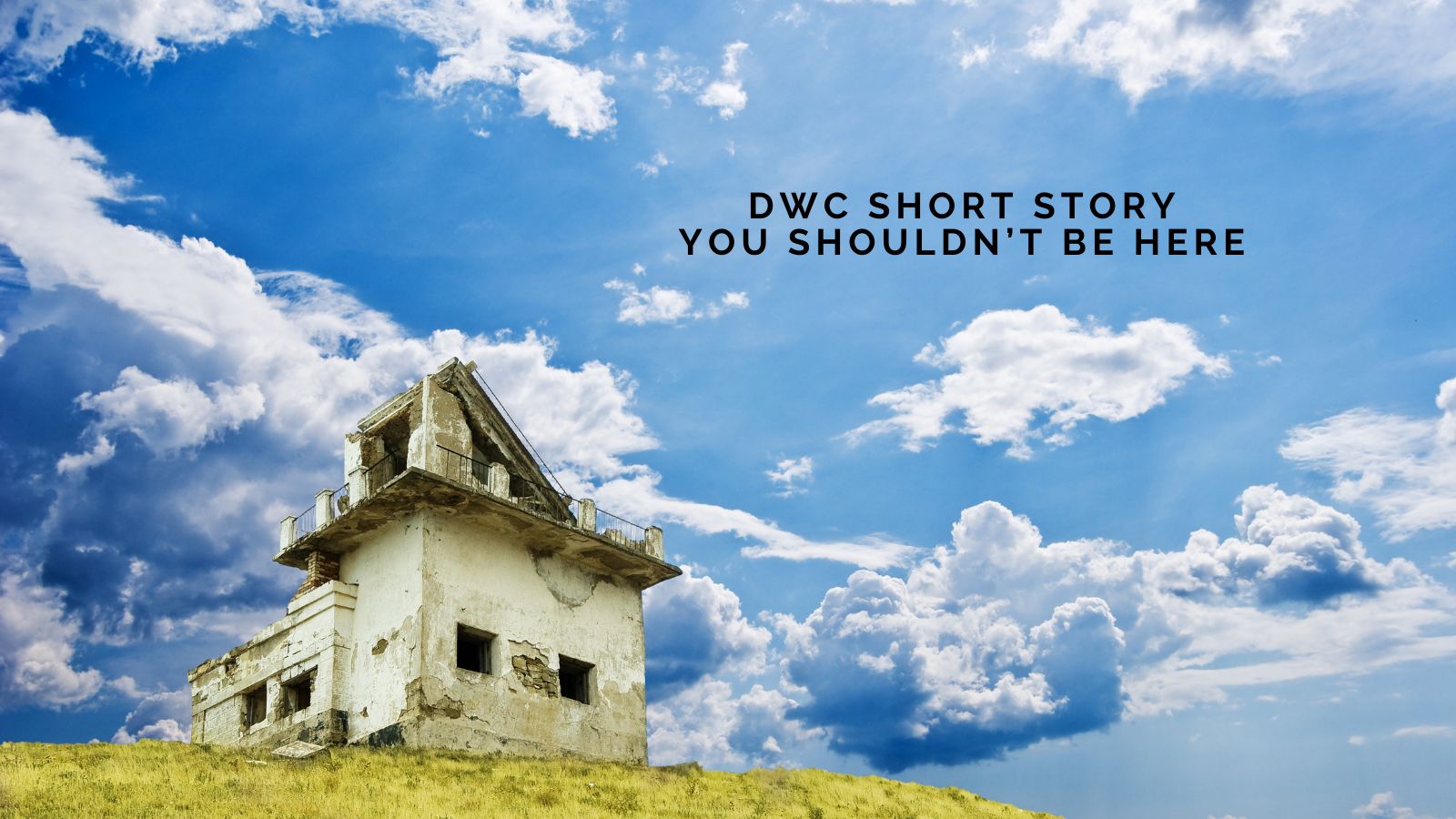
When it comes to the Final Destination franchise, you don’t walk in expecting Shakespeare. You come for the adrenaline-fuelled Rube Goldberg death traps, the eerie sense of impending doom, and the recurring philosophical question: can you ever truly cheat death?
Final Destination 3, directed by James Wong, who also helmed the original Final Destination, marks a bloody, inventive return to form for the series. Released in 2006, this third instalment reconnects to the grim mythology established in the first two films, while crafting its own self-contained narrative—with a theme park twist that is as thrilling as it is grotesque.
Let’s strap in and take the ride.
Set six years after the original, Final Destination 3 introduces us to Wendy Christensen (Mary Elizabeth Winstead), a high school senior who has a vivid premonition of a rollercoaster crash at a local amusement park. Her panicked outburst gets several people—including herself and her friends—off the ride just before it fatally derails. Of course, this act of survival only earns them a spot on Death’s invisible hit list, echoing the core premise of the first two films.
Where the first film used a doomed plane flight and the second favoured a massive highway pile-up, FD3 opts for something arguably more primal: the rollercoaster. It's a stroke of genius. There’s something universally unsettling about the helplessness of being strapped into a metal death machine hurtling through the air. This particular catastrophe feels more intimate, more visceral—and that sets the tone for what’s to come.
The movie loosely ties into the original two through thematic and narrative threads, especially with the return of Wong and writer-producer Glen Morgan. There’s a subtle suggestion that Wendy’s premonition is part of a wider, inescapable pattern that’s been haunting different groups of young people for years. Sharp-eyed fans will even notice familiar references and Easter eggs nodding to Flight 180 from the first film.
At its core, Final Destination 3 plays with the illusion of control. Wendy, a budding photographer, clutches at the hope that her photos—taken the night of the rollercoaster disaster—might hold clues to each person’s impending death. Her desire to prevent the inevitable is touching, but the film makes it clear: no matter how much you try to rearrange the pieces, the game has already been played.
Symbolism runs rampant—most notably through the use of photography. Each snapshot becomes a sinister window into fate, echoing the adage “a picture is worth a thousand words”—or, in this case, a thousand horrifying ways to die. The amusement park setting also works metaphorically. Life is a ride, after all—and no one gets to pick when they get off.
There’s also a thread of survivor’s guilt and the emotional toll of seeing those around you perish in inexplicably freakish ways. The theme isn’t new to the franchise, but Winstead brings a weight to it that elevates the material.
Mary Elizabeth Winstead absolutely carries the film. Her performance as Wendy is compelling, nuanced, and emotionally grounded—qualities that can sometimes be hard to find amidst the blood splatter of a horror sequel. She manages to be more than a scream queen; she’s vulnerable, intelligent, and fiercely determined.
Ryan Merriman plays Kevin, the obligatory male sidekick, who thankfully isn’t reduced to a one-note stereotype. Their chemistry is believable, and their shared trauma forms the emotional centre of the film.
Of course, Final Destination 3 isn’t here to give you Oscar-winning dialogue or rich character development. It’s here to deliver outrageous deaths, and on that front, it doesn’t disappoint. From a tanning bed mishap (still one of the franchise’s most talked-about kills) to a gym equipment fatality, each scene is crafted with devilish creativity. It’s horror with a winking, sardonic edge.
James Wong’s direction is stylish and sharp, particularly in how he builds tension. The opening rollercoaster sequence is a technical marvel: shot with a blend of practical effects, CGI, and claustrophobic camerawork, it immediately sets the film’s breakneck pace.
The cinematography by Robert McLachlan (who also worked on Final Destination and X-Files) balances glossy high school normalcy with dread-soaked gloom. The use of red lighting and shadows throughout subtly hints at the inescapable presence of death, and Brian Tyler’s score adds an eerie sense of foreboding without being overbearing.
The editing is tight, with no wasted time. Each death scene is methodically constructed—building suspense with precision, then unleashing a brutal payoff. This is where the film truly shines: it’s as much a puzzle as it is a horror flick.
While Final Destination 3 didn’t sweep the awards circuit (unsurprising for a genre film), it did pick up a few nods, including a Saturn Award nomination for Best Horror Film. More importantly, it solidified its place in pop culture, becoming a fan-favourite thanks to its over-the-top kills and memorable final twist.
The film performed well at the box office, grossing over $117 million worldwide, making it one of the most commercially successful entries in the franchise.
There was surprisingly little scandal or drama behind the scenes, though fans of the franchise will be intrigued to know that the alternate endings were hotly debated. One version had the final train scene play out differently, offering a slightly more hopeful outcome. The studio reportedly pushed for the darker, more ambiguous ending that made the final cut.
The now-iconic tanning bed death took *weeks* to film, with the production team crafting fully functional beds that could be controlled remotely. The actresses involved reportedly had to stay in them for long periods to get the sequence right, making it one of the most difficult—and dangerous—scenes to shoot.
*Final Destination 3* is gory, tense, and surprisingly clever. It doesn’t reinvent the wheel, but it spins it fast and throws in some fireworks for good measure. With memorable deaths, a strong lead performance, and a unique visual hook, this sequel proves there’s life (and death) in the franchise yet.
It may not be the best horror film of the decade, but it’s definitely one of the most entertaining rides you’ll take—especially if you’ve got a dark sense of humour and a morbid curiosity about how many ways fate can get you.
.jpg)







.jpg)








.jpg)




